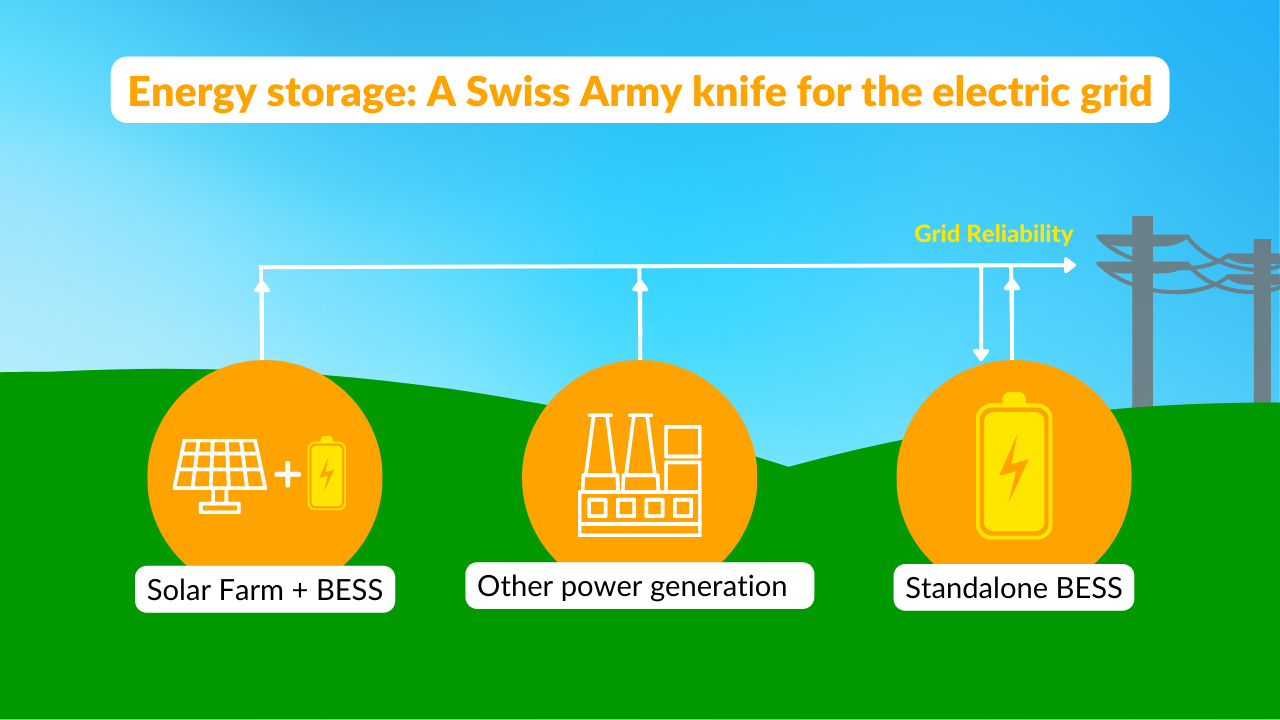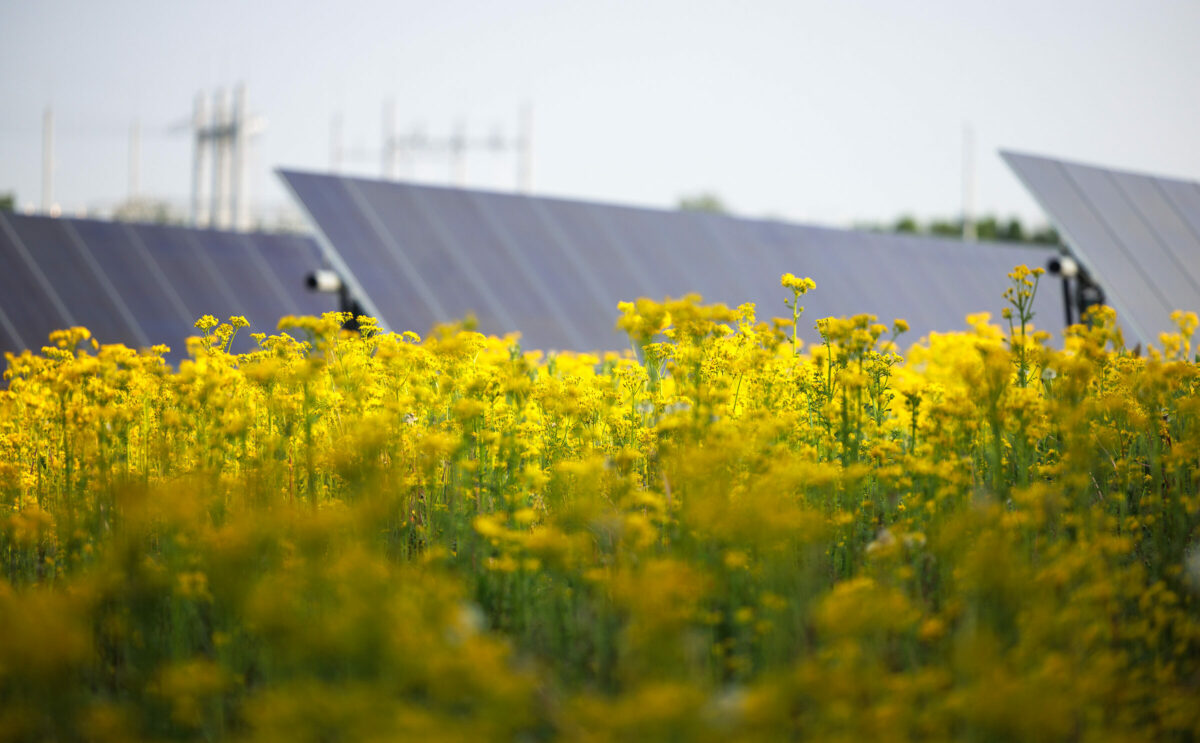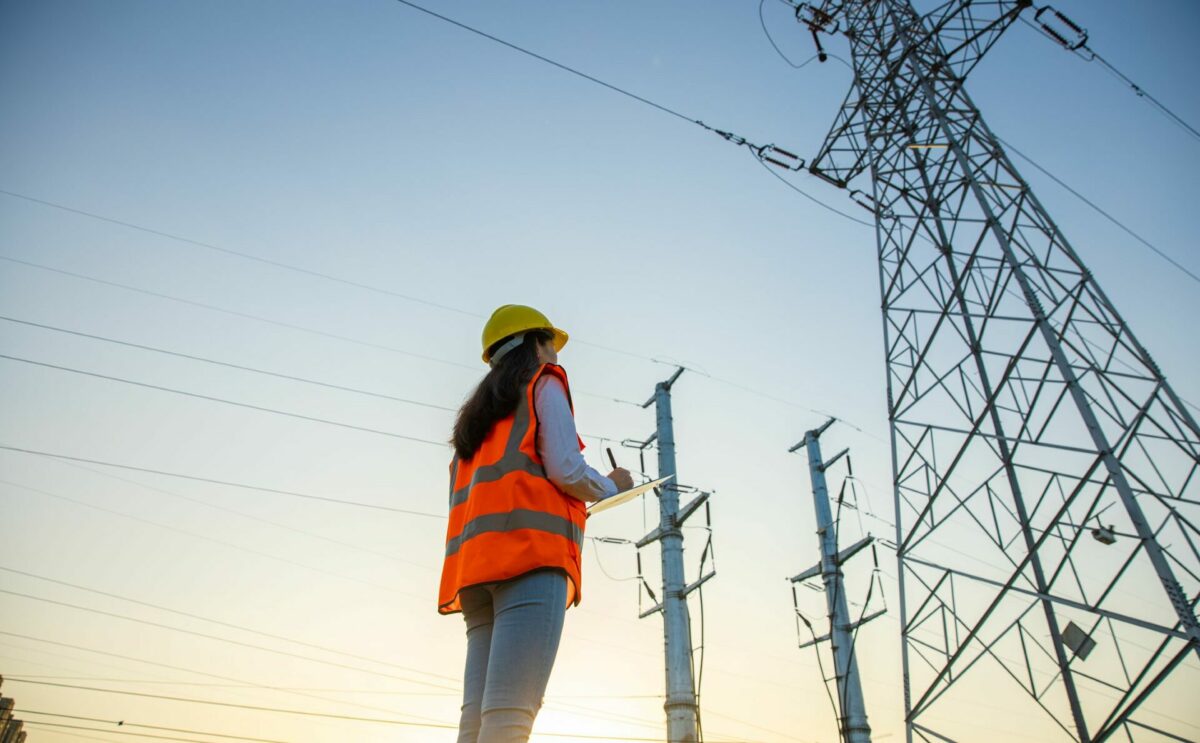Exploring energy storage part 2

Should storage be counted as renewable energy?
Our answer is yes.
Don’t just take our word for it. In the Inflation Reduction Act (IRA), Congress declared all energy storage as eligible for investment tax credits. Even if it stores electricity and charges from the grid, which includes an energy mix of both renewable and non-renewable energy, an energy storage system still counts as part of an integrated renewable portfolio.
Let’s explore why.
While most new storage going online is for renewable energy generated by renewable sources, Congress allows traditional energy storage to qualify for the #IRA incentives because that additional storage capacity is helping the grid in two ways: 1.) it reduces the need for costly upgrades to the grid and 2.) it alleviates demand for grid support. Grid services include maintaining voltage and frequency stability, are they are critical to maintaining #reliability in today’s overworked, outdated grid.
Storage is a Swiss Army knife for the electrical grid. It’s able to meet virtually any demand and store electricity generated by any source.
As we’re storing more energy than ever, we’re creating a cleaner #grid.
The Energy Department estimates that utility-scale battery storage capacity in the United States will more than triple in the next three years from 9.2 gigawatts (GW) at the end of 2022 to 30 gigawatts (GW) by the end of 2025.
One of the best things about storage is that it can go anywhere, from large facilities to small ones, while using various technologies.
Energy storage also fills multiple roles, such as #renewable energy integration, energy demand management, energy-time shift (releasing energy at times when it’s most needed), backup power in times of crisis, frequency, and voltage control and in general strengthens the resiliency and reliability of the grid.
That first application is perhaps the most important towards our clean energy goals. Combining #battery energy storage systems with intermittent renewable energy sources, such as solar, allows dispatchability. It’s about control. Storage lets us control what kind of electricity we use and when. As a result of this integration, we will have more renewables penetration, which will change the outlook of the electric grid to a more resilient, reliable, and green source. Furthermore, renewables are now the world’s cheapest energy source that also mitigates fuel price volatility – so the ability to add more renewables will also ultimately bring lower, more stable electricity prices to energy consumers.
We still face challenges. Most storage on the market contains lithium-ion batteries, a critical mineral also in high demand for the burgeoning electric vehicle sector.
The demand for lithium will increase 40 times by 2040, the International Energy Agency estimates. Research conducted by the Climate and Community Project and University of California, Davis, says the U.S. transition to electric vehicles could require three times as much lithium as is currently produced for the entire global market.
Increasing the use of recycled material is an opportunity to reduce demand for #lithium or other critical minerals, in addition to increasing environmental sustainability. Another way to reduce supply and environmental risks is by developing new kinds of storage in commonly found resources, such as sodium-ion and green hydrogen.
Finally, storage can reduce the need to build new transmission and distribution (T&D) lines, which is currently one of the biggest bottlenecks to achieving the energy transition. Battery storage can take the load off overtaxed transmission lines and mitigate congestion.
#Transmission congestion has long troubled California; rolling blackouts in 2001 were exacerbated by a choke point between Northern and Southern California. More storage on either side of these lines can provide relief which can then reduce T&D congestion and save money.
So, storage is an important part of a renewable portfolio for a myriad of reasons. As more renewables come online, it will become even more important. We’re excited to be part of this revolution.
Energy Solutions: Adding Storage
At Lightsource bp, our flexible, intelligent utility scale battery storage solutions enable us to further our mission to deliver affordable, sustainable solar power to businesses and communities around the world.
More expert insights from our leaders
03 Jan, 2023
Exploring energy storage part 1: The rapidly changing world of renewable energy storage
First installment in our new series
29 Jun, 2023
Exploring energy storage part 3: How can storage help modernize the grid?
Optimizing power delivery, enhancing resiliency & more
11 Apr, 2022
Energy buyer’s guide part 1: What is the best way to buy clean energy?
Article by Emilie Wangerman



